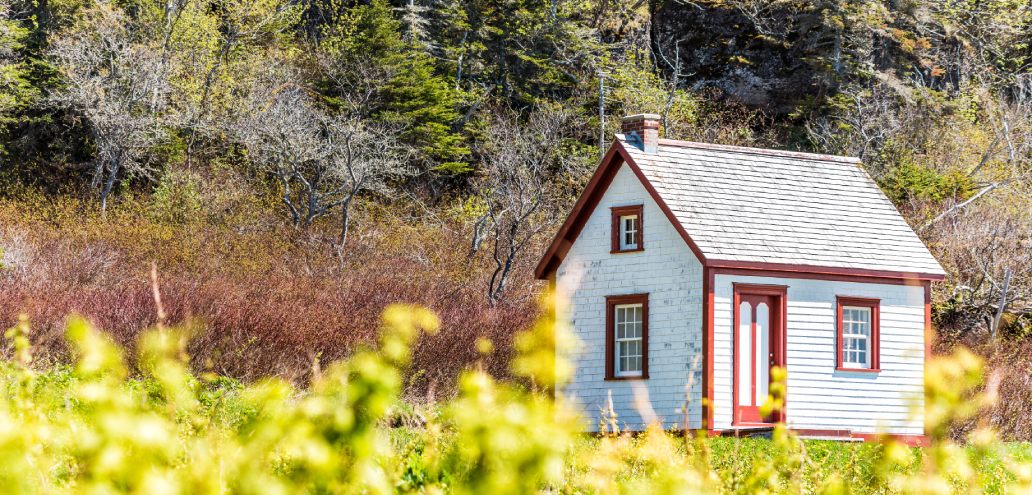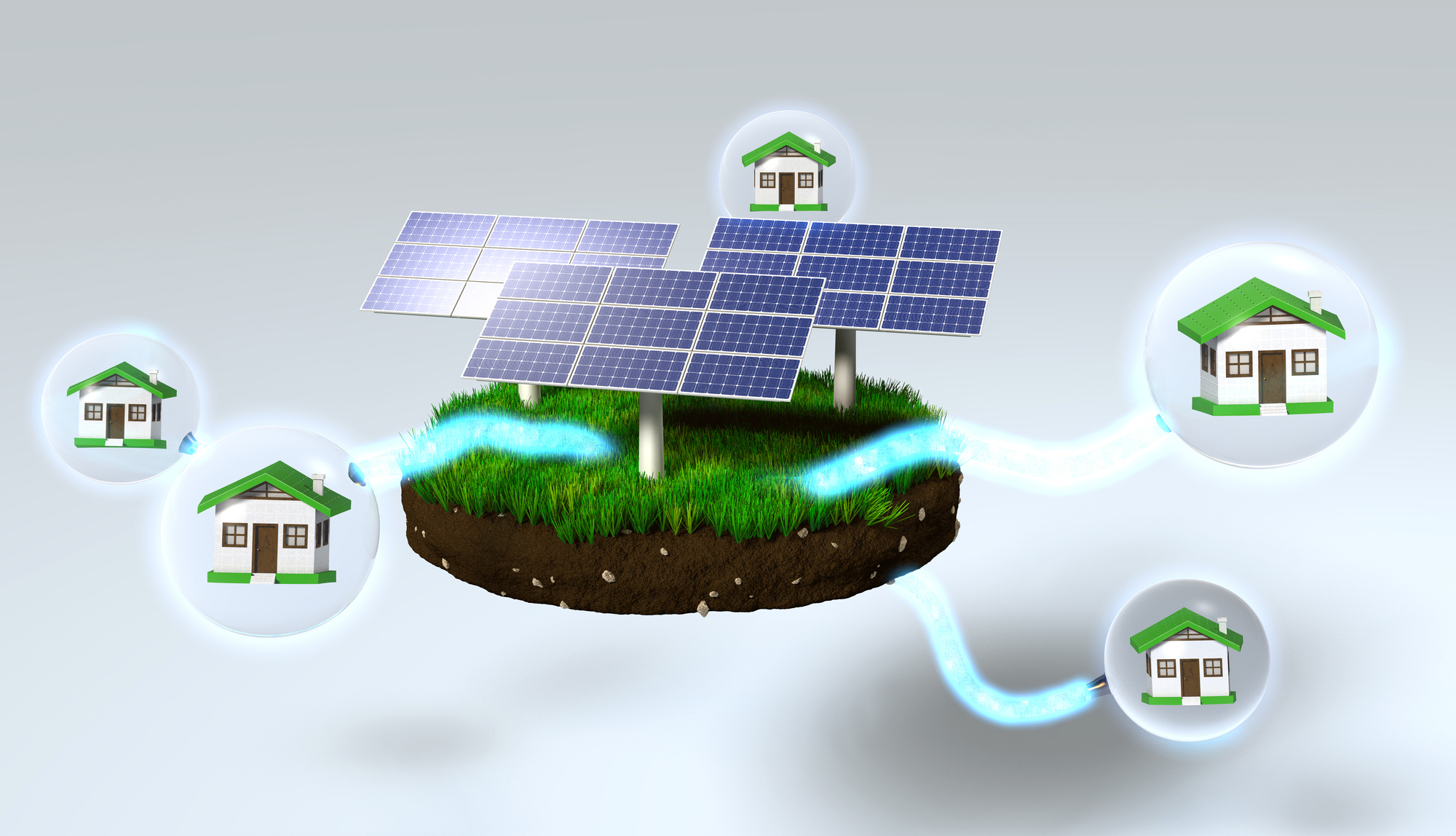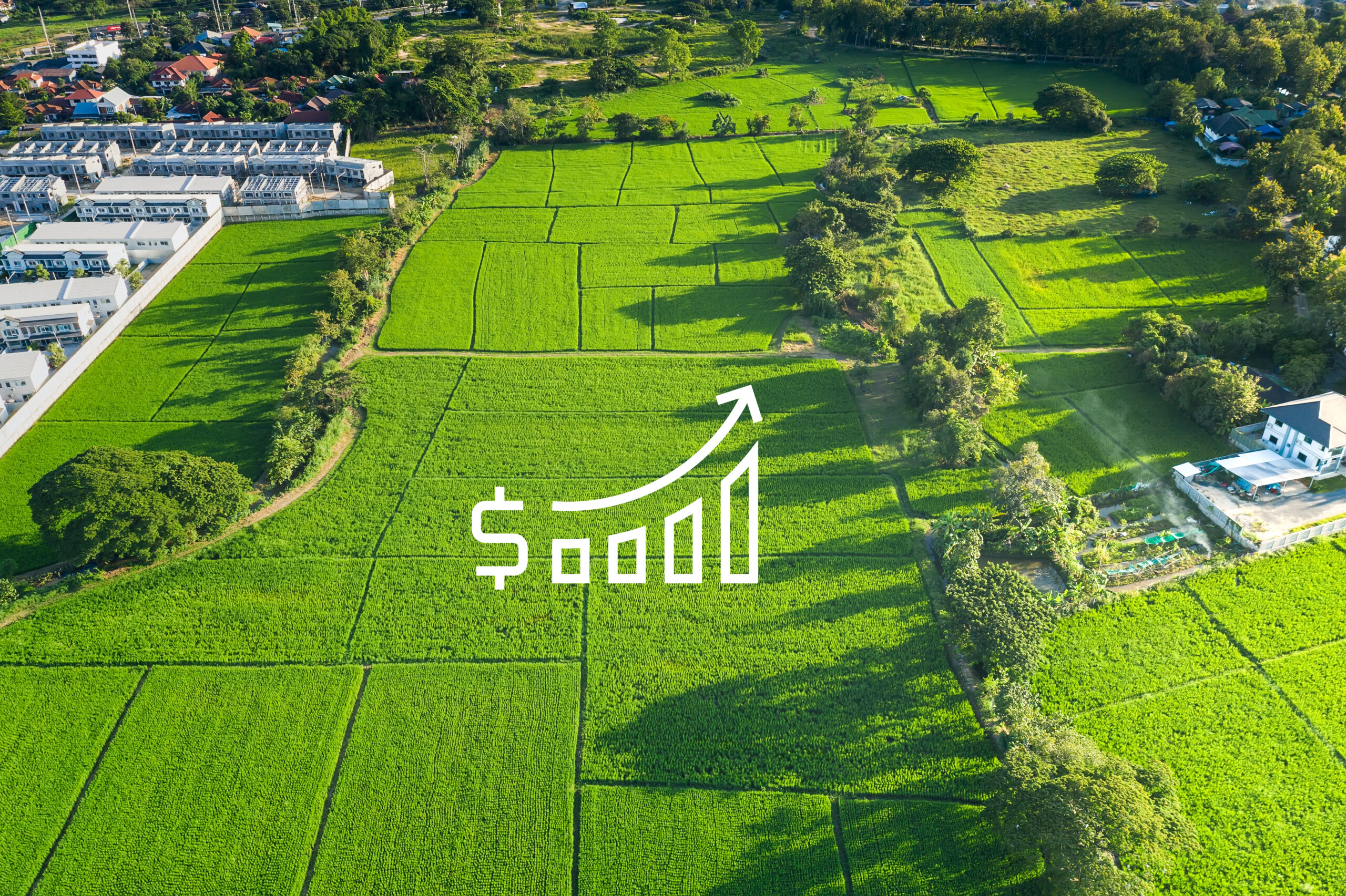You may have seen tiny homes while watching television—they’re often touted as eco-friendly remedies to the exorbitant cost of housing, but the reality is that a few kinks have yet to be worked out.
Zoning bylaws and securing mortgages are both problematic for potential tiny home owners. But the former could be solved by investors buying acreage and renting land pads.
“As an investor, if you can find a plot of land and put in the work and rent it out for pad fees, there would be huge demand,” said Randy Molland, co-founder of Victoria-based The REinvestors. “It would create an opportunity to let people put tiny homes on an area and they’d rent the pad. As an investor, I’m heavily involved in understanding it.”
According to Kenton Zerbin, a permaculturist and tiny house educator, some investors have already started.
“From our perspective, we’ve seen a large rise in the last few years from investors,” said Zerbin. “Investors are coming in and looking at rezoning for a tiny home park.”
Tiny homes are fairly cheap to construct because they are compact and can be built with an array of materials, from brand new to recycled. On average, tiny homes are about 350 square feet and can be built for under $100,000.
According to numbers crunched by The REinvestors’ co-founder Steve Arneson and Zerbin, the average owner of a tiny home saves about $1,000 a month, which could then be invested in real estate.
“At 14% annual over 20 years, you would end up with over $1.2mln in savings, $240,000 of which is your own money,” said Arneson.
Tiny homes have grown in popularity on the West Coast because of the way prices have swelled in recent years, and perhaps unsurprisingly, millennials are driving the housing trend.
“There’s a big boom right now because of how expensive it is in the market, and people are finding that when they go the tiny home route they get into the market sooner and quicker, and use that to start building their wealth in investments,” said Molland. “They’re cheaper investments to get into, especially with millennials trying to be more sustainable and all about green living. It’s something everyone is talking about, as opposed to building these massive houses.”
Related stories:
Neil Sharma is the Editor-In-Chief of Canadian Real Estate Wealth and Real Estate Professional. As a journalist, he has covered Canada’s housing market for the Toronto Star, Toronto Sun, National Post, and other publications, specializing in everything from market trends to mortgage and investment advice. He can be reached at neil@crewmedia.ca.









